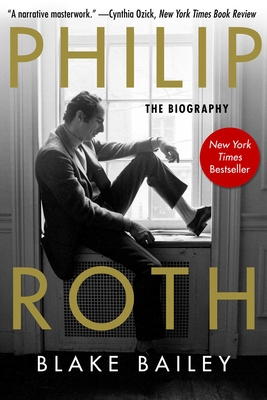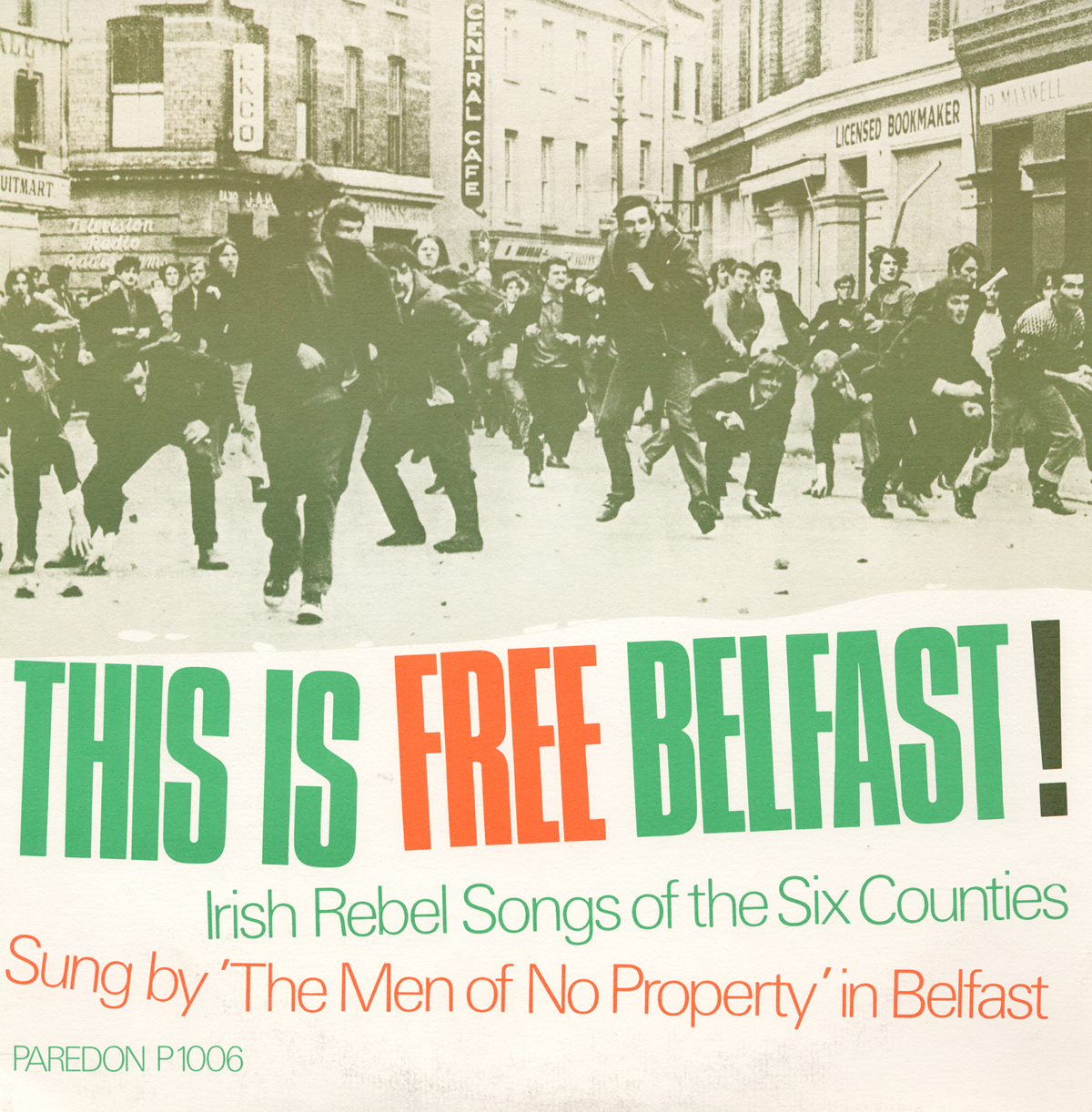
description
2"I don't want you to rehabilitate me," Philip Roth said to his only authorized biographer, Blake Bailey. "Just make me interesting." Granted complete independence and access, Bailey spent almost ten years poring over Roth's personal archive, interviewing his friends, lovers, and colleagues, and listening to Roth's own breathtakingly candid confessions. Cynthia Ozick, in her front-page rave for the New York Times Book Review, described Bailey's monumental biography as "a narrative masterwork ... As in a novel, what is seen at first to be casual chance is revealed at last to be a steady and powerfully demanding drive. ... under Bailey's strong light what remains on the page is one writer's life as it was lived, and―almost―as it was felt." Though Roth is generally considered an autobiographical novelist--his alter-egos include not only the Roth-like writer Nathan Zuckerman, but also a recurring character named Philip Roth--relatively little is known about the actual life on which so vast an oeuvre was supposedly based. Bailey reveals a man who, by design, led a highly compartmentalized life: a tireless champion of dissident writers behind the Iron Curtain on the one hand, Roth was also the Mickey Sabbath-like roué who pursued scandalous love affairs and aspired "[t]o affront and affront and affront till there was no one on earth unaffronted"--the man who was pilloried by his second wife, the actress Claire Bloom, in her 1996 memoir, Leaving a Doll's House. Towering above it all was Roth's achievement: thirty-one books that give us "the truest picture we have of the way we live now," as the poet Mark Strand put it in his remarks for Roth's Gold Medal at the 2001 American Academy of Arts and Letters ceremonial. Tracing Roth's path from realism to farce to metafiction to the tragic masterpieces of the American Trilogy, Bailey explores Roth's engagement with nearly every aspect of postwar American culture.
member goods
No member items were found under this heading.
listens & views

COMPLETE SONGS OF CHARLES IVES ...
by IVES / OHRENSTEIN / BUSH / HART
COMPACT DISCout of stock
$14.75
Return Policy
All sales are final
Shipping
No special shipping considerations available.
Shipping fees determined at checkout.






